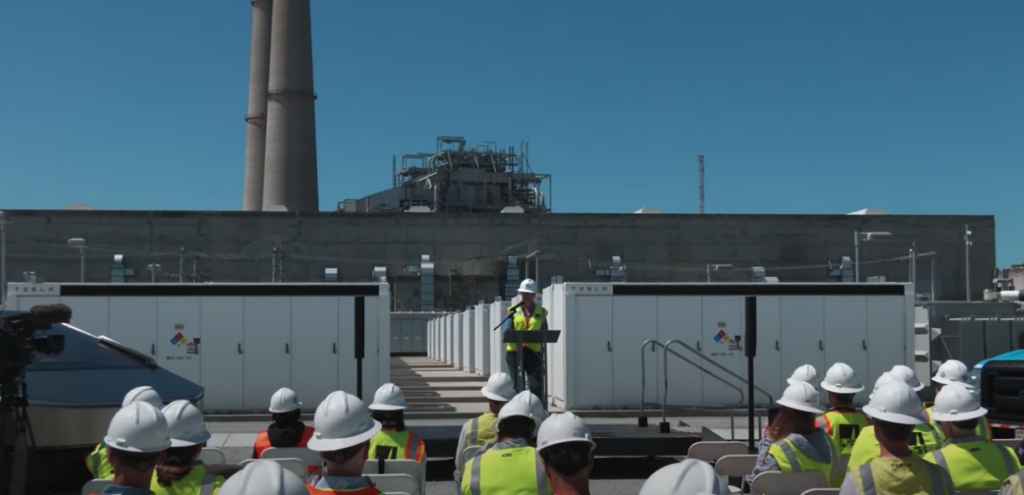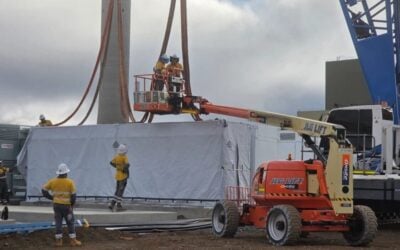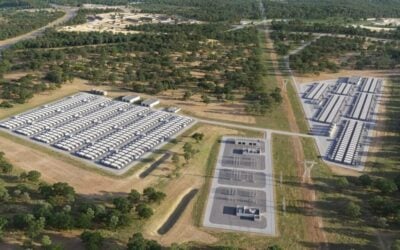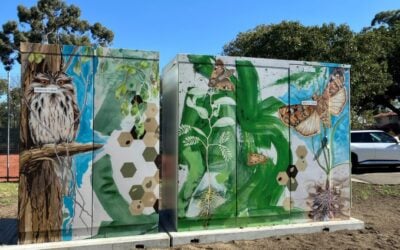
Californian investor-owned utility (IOU) PG&E has revealed its energy storage plans in a Climate Strategy Report and cut the ribbon on the 182.5MW Elkhorn battery energy storage system (BESS).
The utility, one of three big IOUs in the state, has revealed it now has 1,315MW of energy storage connected to the grid. Some 955MW of that is utility-scale battery storage, while behind-the-meter grid-connected residential storage now stands at 360MW.
Enjoy 12 months of exclusive analysis
- Regular insight and analysis of the industry’s biggest developments
- In-depth interviews with the industry’s leading figures
- Annual digital subscription to the PV Tech Power journal
- Discounts on Solar Media’s portfolio of events, in-person and virtual
As Energy-Storage.news has reported previously, PG&E is under contract to bring a total of 3.3GW/13.2GWh of utility-scale storage online by the end of 2024 in response to a series of directives from the California Public Utilities Commission (CPUC).
It wants to scale up production of green hydrogen for various uses including for long duration energy storage (LDES). The company also plans to repurpose 500MWh of second-life batteries to be used in grid-connected energy storage.
The report’s release on June 8 came two days after PG&E cut the ribbon on the 182.5MW/730MWh Elkhorn BESS at the Moss Landing substation in the Monterey Bay area, which was commissioned in mid-April and uses Tesla Megapacks.
Speaking at the ceremony, Patti Poppe, PG&E CEO, said: “Back in mid-April, just 10 days after being fully energised and connected to the grid, we were charging the (Elkhorn) battery at US$10 a megawatt hour at midday when we had ample abundant renewable clean energy resources. Fast forward to peak that very same day, power was selling at US$100 a megawatt hour and this resource was dispatching to the grid.”
“That saves money for our customers and brings clean energy that otherwise would have been a diesel generated fossil fuel powered resource. People sometimes speculate that ‘is California going too far with clean energy?’. Heck, no, we’re just getting started and a facility like this makes it possible and that day back in mid-April proved it.”
Elliot Mainzer, CEO of the California Independent System Operator (CAISO), added that another 700MW of energy storage would be added to the grid over the course of June bringing the total to around 3.9GW. It passed 3GW last month.






